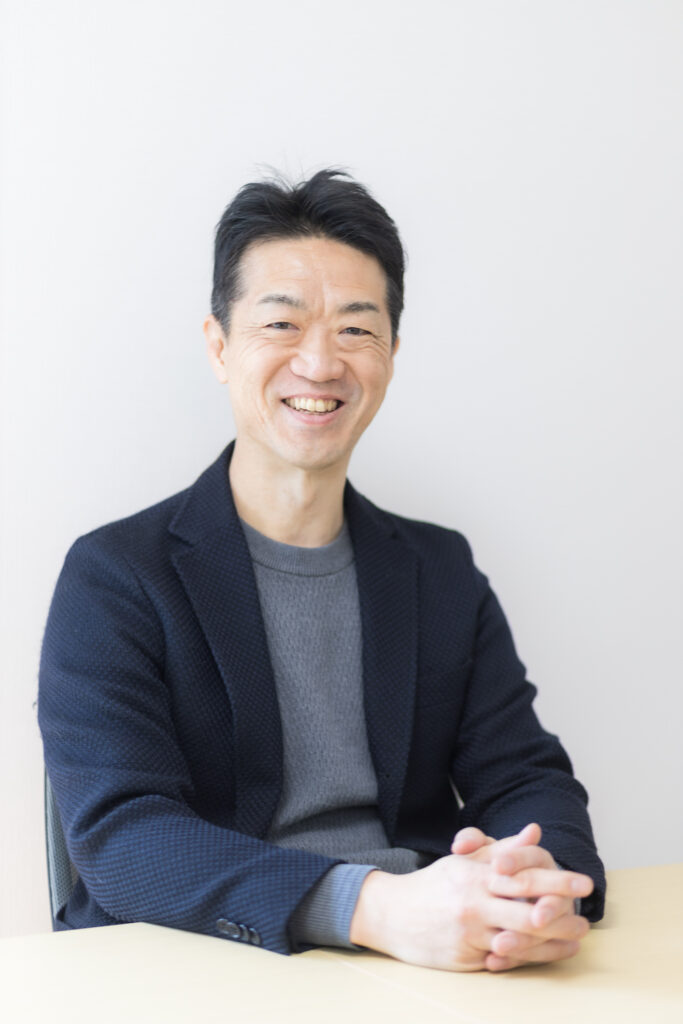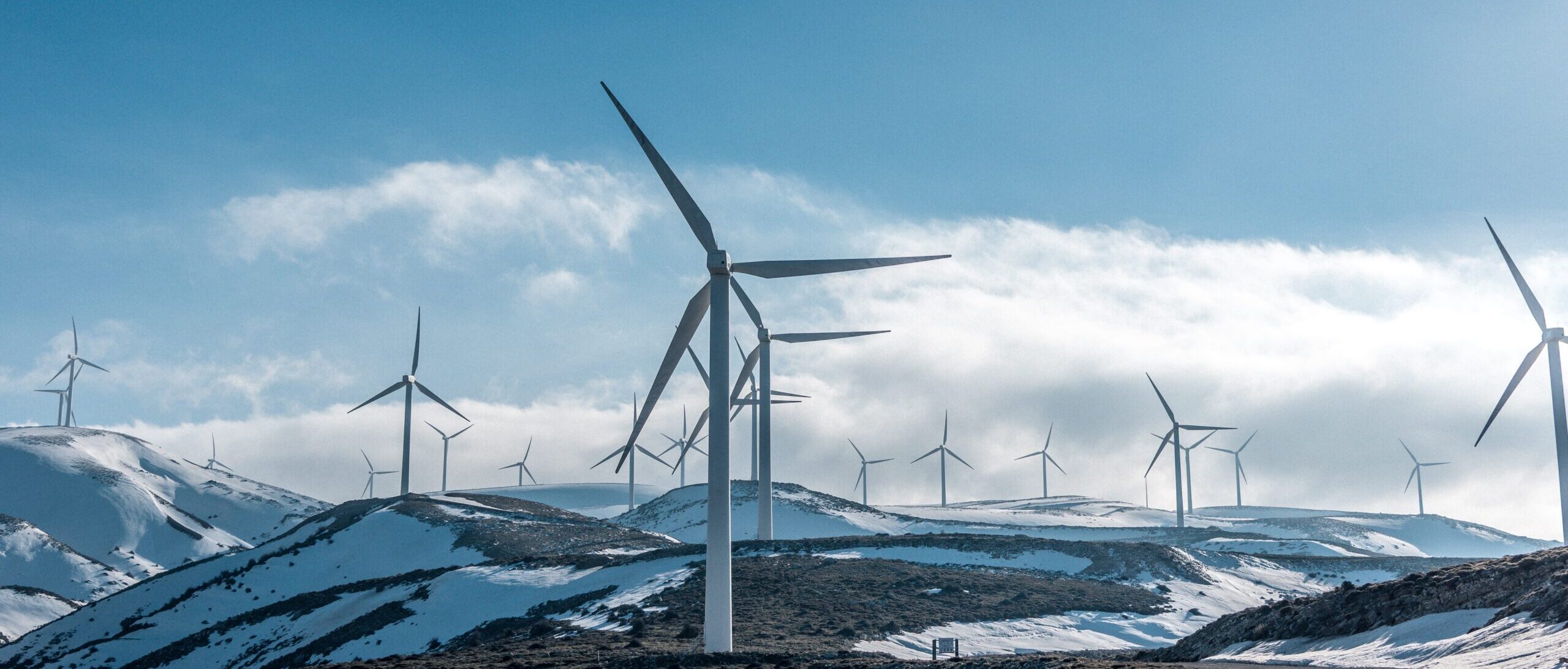Greetings
We often receive comments about the name “Renewable Energy Promoting Organization” such as, “It looks like a national organization”. There is a reason why we dared to give it a name that does not sound like a startup. The name “Organization” implies that it is an organization with a clear purpose.
After the Great East Japan Earthquake of 2011, Japan underwent a major policy shift in the electric power industry, including the expansion of renewable energy and deregulation to fully liberalize electricity retailing. A little over a decade later, Japan’s renewable energy ratio has increased from about 10% in 2010 to about 22% in 2022. However, Japan still lags far behind the rest of the world, with Germany at 48%, the United Kingdom at 44%, France at 25%, and China at 31%*, and Japan’s introduction of renewable energy still remains at an inferior level.
In addition, the surge in resource prices triggered by Russia’s invasion of Ukraine has revealed that dependence on fossil fuels is a major risk not only to climate change but also to electricity prices. In other words, renewable energy is a valuable energy source that does not depend on resource prices, and further promotion is essential.
On the other hand, renewable energy generation cannot be promoted without the understanding and cooperation of local communities. However, the FIT system has made it difficult to promote local production for local consumption, and the regions where the power sources are located have not been able to enjoy the benefits of renewable energy sources. In addition, there have been problems that are difficult for local communities to accept, such as overdevelopment and sloppy management. In addition, wind power generation, which has been actively developed since around 2000, has already seen a large number of power plants reach the end of their FIT period, and as many as 2 million kW of wind power generation could leave the market by 2030 when the FIT period expires. This is about half of the wind power capacity currently in operation. While there is a movement to extend the operational life of nuclear power plants to 60 years or more, it is a shame that renewable energy sources are being phased out after only 20 years. Long-term operation of fuel-free renewable energy sources not only contributes to decarbonization, but also demonstrates their economic advantages.
In order to make renewable energy power sources, which are a valuable local resource, regionally owned, the Renewable Energy Promoting Organization will work with local new electric power companies as an aggregator to ensure that the power is preferentially supplied to the region where it is located and that the inherent benefits of renewable energy can be enjoyed. This will also ensure that existing renewable energy sources are not simply disposed of but utilized over the long term, and that local communities themselves become more proactive in introducing renewable energy and promoting the development of new renewable energy sources. We believe that the purpose and mission of the Renewable Energy Promoting Organization is to make renewable energies the main source of electricity supply in Japan.
*Based on statistical data from the Japan Renewable Energy Foundation
President and Representative Director
Seiya Miyake

We often receive comments about the name “Renewable Energy Promoting Organization” such as, “It looks like a national organization”. There is a reason why we dared to give it a name that does not sound like a startup. The name “Organization” implies that it is an organization with a clear purpose.
After the Great East Japan Earthquake of 2011, Japan underwent a major policy shift in the electric power industry, including the expansion of renewable energy and deregulation to fully liberalize electricity retailing. A little over a decade later, Japan’s renewable energy ratio has increased from about 10% in 2010 to about 22% in 2022. However, Japan still lags far behind the rest of the world, with Germany at 48%, the United Kingdom at 44%, France at 25%, and China at 31%*, and Japan’s introduction of renewable energy still remains at an inferior level.
In addition, the surge in resource prices triggered by Russia’s invasion of Ukraine has revealed that dependence on fossil fuels is a major risk not only to climate change but also to electricity prices. In other words, renewable energy is a valuable energy source that does not depend on resource prices, and further promotion is essential.
On the other hand, renewable energy generation cannot be promoted without the understanding and cooperation of local communities. However, the FIT system has made it difficult to promote local production for local consumption, and the regions where the power sources are located have not been able to enjoy the benefits of renewable energy sources. In addition, there have been problems that are difficult for local communities to accept, such as overdevelopment and sloppy management. In addition, wind power generation, which has been actively developed since around 2000, has already seen a large number of power plants reach the end of their FIT period, and as many as 2 million kW of wind power generation could leave the market by 2030 when the FIT period expires. This is about half of the wind power capacity currently in operation. While there is a movement to extend the operational life of nuclear power plants to 60 years or more, it is a shame that renewable energy sources are being phased out after only 20 years. Long-term operation of fuel-free renewable energy sources not only contributes to decarbonization, but also demonstrates their economic advantages.
In order to make renewable energy power sources, which are a valuable local resource, regionally owned, the Renewable Energy Promoting Organization will work with local new electric power companies as an aggregator to ensure that the power is preferentially supplied to the region where it is located and that the inherent benefits of renewable energy can be enjoyed. This will also ensure that existing renewable energy sources are not simply disposed of but utilized over the long term, and that local communities themselves become more proactive in introducing renewable energy and promoting the development of new renewable energy sources. We believe that the purpose and mission of the Renewable Energy Promoting Organization is to make renewable energies the main source of electricity supply in Japan.
*Based on statistical data from the Japan Renewable Energy Foundation

President and Representative Director
Seiya Miyake
Philosophy
- Making renewable energy resources contribute to the local economy
- Making renewable energy a long-term source of power, contributing to energy supply and decarbonization
- Promoting renewable energy development through an investment scheme that does not rely on the public to bear the burden

Company profile
Company name
Renewable Energy Promoting Organization, Inc.
Representative director
Seiya Miyake
Head office address
36-18-202 Yokoteracho, Shinjuku-ku, Tokyo
Date of establishment
2023/1/4
Capital stock
12 million yen
Shareholders
Major shareholder Seiya Miyake
Business
We will conduct the following businesses centered on the specified wholesale supply business (aggregator).
- Renewable energy power generation business revitalization and local utilization business
- Support for new local electric power companies
- Support for new renewable energy development through the formation of corporate PPAs (physical and virtual)
Registered as a specified wholesale supplier (Registration No. 41).

